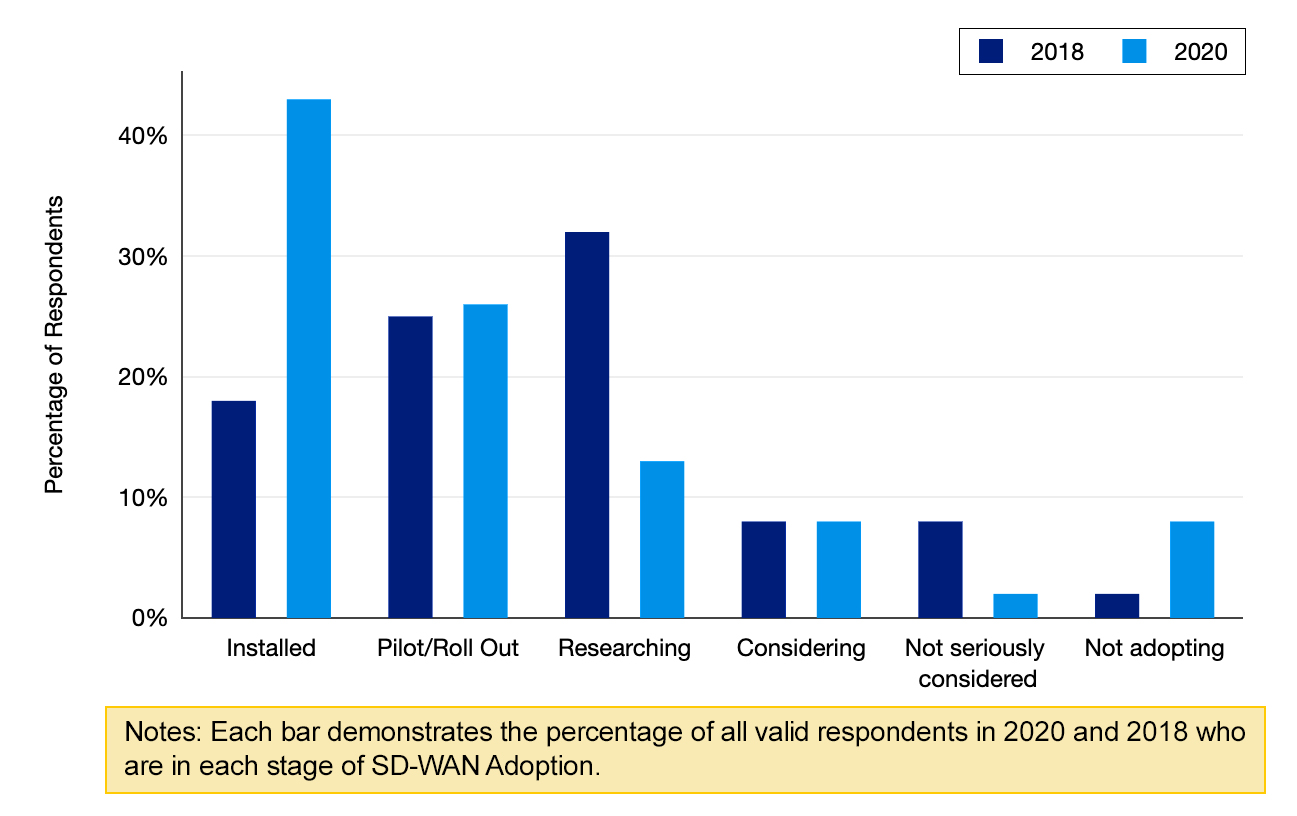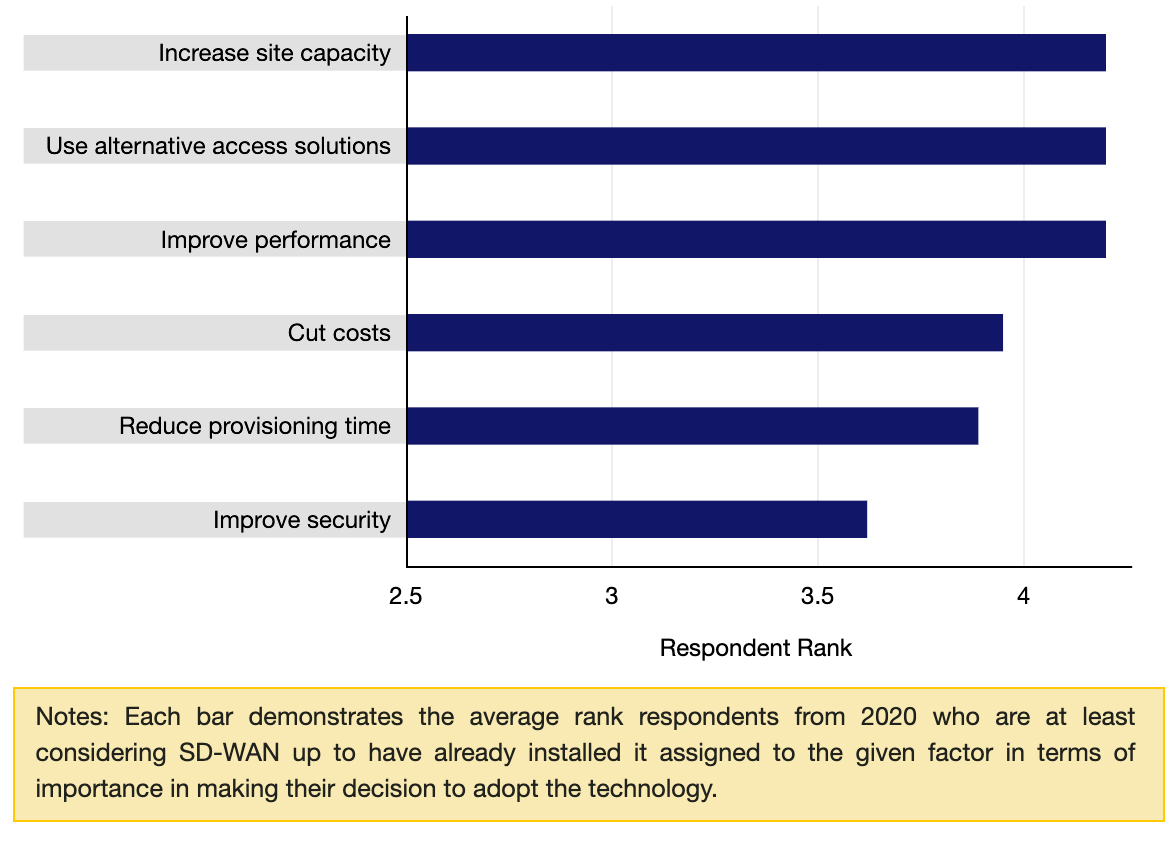If there’s anything resembling a silver lining coming out of this pandemic, then it’s the adoption of virtualization across enterprises and businesses.
By now several businesses all around the globe have accelerated their development and have introduced digitally enhanced solutions at an astounding rate.
This momentum is not only beneficial for enterprises but is also a boon for technologies like the Internet of Things (IoT), Blockchain, Artificial Intelligence, 5G, and others.
As more and more interactions and processes go digital, so is the demand for computing and networking.
But isn’t this a good opportunity for business?
Of course, it is, but as connected devices proliferate and their innovative capabilities grow, so does the need for ubiquitous computing and networking power. The extensive use of new solutions requires a tremendous amount of real-time computation, which is impossible to manage in traditional networking systems.

But scaling a network to include all these new devices, technologies or sensors means that there would be an increase in latency. Moreover, managing all these devices would be a significant challenge for organizations as well. Also, there will be an increasing need for network services, such as security and data processing.
So should enterprises simply reduce the number of devices to avoid more challenges?
No, they should adopt edge computing!
As more devices are added the dynamics of content consumption will constantly change. This means that the network architecture will have to take into account where all the content is being generated from, where it is being delivered, and where it is implemented.
Edge computing provides a solution for all this as the edge makes it possible to process many functions on the network. This can help significantly bring down the network latency and improve the speed and overall user performance.
Only the important and business-critical data which is obtained from devices is processed on the edge of the network, the less important data is sent to the cloud for further processing. This division of data with the help of edge computing is what makes the processing quicker because the required data is efficiently filtered out on the edge.
Essentially, edge computing also provides computing and storage solutions in proximity to the devices generating traffic. With the help of edge computing, the important data does not have to travel far in the network to reach the server. Because of this, the enterprises are not just capable of implementing exceptionally low latency and high speed but are also able to meet the regulatory compliance requirements.
In short..
Industrial IoT, smart healthcare systems, AI-based factories, maritime IoT solutions, and several other modern industries demand ultra-high-speed and extremely low latency. For example, real-time IIoT data must be processed at the edge to ensure its speed and accuracy. Further, activities like caching, basic data visualization, and machine-to-machine communications are perfect for processing on the network edge.
Therefore, all this makes edge computing absolutely imperative for modern businesses.

There is no doubt that the network edge is powering the next wave of network transformation and now we also know about the incredible functionalities it including computing, analytics, multi-cloud, and security.
The SD-WAN is a transformational approach that simplifies edge networking and goes a long way in bringing down costs and complexity. It also helps in ensuring optimal application performance and allows enterprises to leverage the benefits of the cloud and address bandwidth demand.
SD-WAN has emerged as a technology of choice to deliver superior performance, real-time applications (such as voice, video, and data), optimized Quality of Services, and access to cloud applications, quickly and cost-effectively from multiple locations across the enterprise.
The enterprises are using SD-WAN to transform the legacy networks from MPLS to enhance efficiency, reduce total cost of ownership, ensure app performance, and provide a scalable and secure network.
Powered by SD-WAN, edge computing is all set to transform the way businesses design their networks. It enables organizations to benefit from cost-effective and speedier connectivity and use the latest technologies, including automation, to enhance operational efficiency, and productivity even as they bring down their expenses.
The increased usage of the edge computing models on networks has also exposed one of its downsides —complexity. As mentioned earlier, to relocate another section for data processing (the important data) enterprises will have to deploy multiple “micro data centers” beyond the corporate data center. Based on the computing power required, a micro data center can be anything from a microcomputer running lightweight software to a remote site equipped with state of art servers, storage, and networking equipment.
But connecting, securing, and operating a corporate network that brings in tons of data across multiple locations can be extremely challenging to accomplish with traditional WAN architectures based on MPLS connectivity. The IT configurations that have to be implemented in order to route and manage network traffic are extremely complicated and must be updated constantly because application profiles and business needs modifications. And oftentimes these updates have to be performed manually, hence you will have to assign an IT team to frequently visit each location for every update.
SD-WAN solutions can eliminate this predicament that businesses face by providing a better strategy for connecting the decentralized IT environment. With the implementation of SD-WAN, your enterprise or business can centrally manage and automate configurations of WAN edge routers. The intervention from your IT team is only required during defining routing policies and prioritizing various types of traffic instead of constantly reconfiguring devices. Traffic is routed based upon the current state of the network, providing the agility to adapt to changing network conditions.
Want to learn more about the benefits of leveraging advanced digital solutions for your business? Then here are some additional resources:
An enterprise network will not be focusing on just a single type of network in managing employee data, client data, market data, and much more. There will be certainly more than one type of network used.
An SD-WAN makes it seamless for an enterprise to extend the network with a variety of transport types, including broadband, cellular, and satellite. Therefore, rather than having a single active network and a backup connection, businesses can leverage all connections as multiple networks can be made active and traffic routing is automated across multiple links.
This has been a critical innovation and has been widely implemented ever since the emergence of the COVID-19 pandemic. Because more enterprises adopted remote working strategies and as more employees work from home, SD-WAN ensures that key network resources and cloud applications are always available.
Moreover, an SD-WAN can be configured for mesh topology and traditional hub-and-spoke topology as well. With the help of a mesh configuration, your business branch offices and remote employees can securely connect directly to each other without having to go through the data center. This not only conserves bandwidth but eliminates the need for complicated routing and firewall rules.

SD-WAN is the future of WAN services that offers cloud-enabled, scalable, transport-independent WAN solutions. NetvirE is an SD-WAN offering from ThinkPalm that optimizes WAN connectivity for enterprise and IoT use cases. It provides a cloud-enabled centralized control center for WAN services with flexible endpoints using intelligent paths that are transport-independent.
Using ThinkPalm’s Software-defined WAN solutions, your business can easily interconnect between branch offices and remote locations.
Is your business still leveraging the traditional MPLS-based network? Then it’s about time to rethink your network connectivity and implement a virtual network.
With the help of our SD-WAN architecture, businesses can effortlessly connect data centers and several branch offices to increase network performance as well as decrease hardware costs. Our SDN/NFV experts can also help your business seamlessly migrate to an SD-WAN architecture.